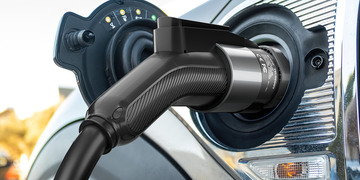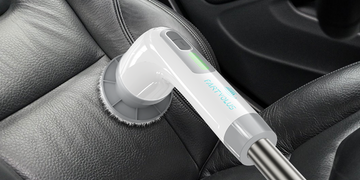Can You Charge a Tesla with a Generator? Yes, you can charge your Tesla with multiple generators. You need a properly grounded inverter to remove the pure sine waves. There is also a generator that provides more power. If you want to charge your Tesla from a generator, we recommend at least 1, 500 watts. However, there are some important considerations to keep in mind:
Power Output:
Ensure that the generator has sufficient power output to meet the charging requirements of your Tesla. Tesla vehicles typically use Level 2 chargers, which require a 240-volt power source.
Generator Type:
Use a generator that provides a clean and stable power output. Inconsistent or low-quality power can potentially damage the vehicle's charging system.
Compatibility:
Check the compatibility of the generator with the Tesla charging equipment. Tesla vehicles come with a Mobile Connector that is capable of adapting to various power sources, including generators. However, you may need additional adapters or cables.
Fuel Supply:
Make sure the generator has a sufficient fuel supply to meet the charging needs. Charging a Tesla can take a significant amount of time, so consider the generator's runtime on a full tank.
Noise and Ventilation:
Generators can be noisy, so consider the noise level and ensure that the generator is placed in a well-ventilated area to avoid exhaust fumes entering enclosed spaces.

Safety Precautions:
Follow all safety guidelines provided by both the Tesla and generator manufacturers. This includes proper grounding, using the right equipment, and following any specific instructions related to charging with a generator.
Generator Capacity:
Ensure that the generator has sufficient capacity to handle the initial surge of power when the Tesla starts charging. Some generators may struggle with high initial loads.
How Tesla charging works?
Tesla vehicles use a proprietary connector to connect to a power source.
The EV manufacturer's charging system is one of the most advanced in the industry.
Every Tesla model has onboard devices that regulate and convert current to efficiently charge thousands of lithium-ion cells.
The system determines whether the car receives AC power or DC power from the source.
If it's the latter, electricity goes through the regulating system and then directly to the battery.
If it's the former, the current has to go through the onboard inverters to be converted into DC power that the batteries can use.
The onboard computers on Tesla vehicles monitor voltage and current levels to prevent overcharging.
Once the batteries are fully charged, the computers typically disconnect the current to safeguard the car and the batteries from potential heat-related damage.
There are built-in charge controllers on Tesla cars to regulate current and voltage, especially when using a charging station with a higher flow of electricity compared to a standard 120V outlet.
Can You Charge a Tesla with a Generator? It's worth noting that while using a generator can be a temporary solution in certain situations (such as during a power outage), it may not be the most cost-effective or environmentally friendly option for regular charging. For everyday use, it is recommended to use a dedicated electric vehicle (EV) charging station or wall connector connected to a reliable power source.





